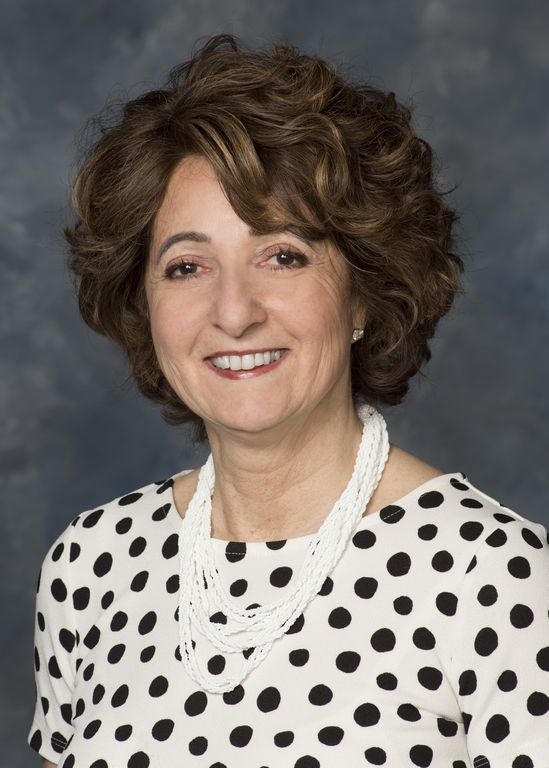Westborough-based Miach Orthopaedics, already with the backing of one of the most powerful players unions in professional sports, is developing a device and treatment method for one of the most debilitating sports injuries: ACL tears. In an interview, CEO Martha Shadan spoke about the company’s technology and near-term goal of filing regulatory applications.
How does the technology work?
What is typically done is what we call reconstruction. Doctors take a graft from a donor or from the patient’s body and go in, remove the ruptured ACL and attach the graft.
With our technology, we don’t harvest a graft or use donor grafts. We use the ruptured ends of the ACL, suture them and bring them up into the canal. We take our implant and suture that in and inject the patient’s blood into this plant, called the BEAR.
The ACL regenerates and the BEAR implant goes away within three months.
This really has the potential to change the management of ACL surgeries. We’re really excited and looking forward to bringing it to market.
How does this help?
It helps to kick start the healing process within the ACL area. We don’t have to harvest any issue so you’re not going to have any hamstring issues.
How have patient trials been so far?
We’ve had about 200 patients between the ages of 13 and 35 from high-level athletes to the casual weekend athlete.
They’re reporting their hamstring strength is much better and patient satisfaction is much higher. In an animal study, we’ve found about 75 percent have arthritis by 10 or 15 years with a reconstruction. With the BEAR, we’ve found no evidence of arthritis. It’s very promising and we can’t declare it for humans, but the early results are very promising.
Are any of these professional athletes we might know?
Not in the trial because it’s exploratory and these doctors won’t do it on professional athletes. But, if it works the way we think it’s going to work, we believe it would have an absolute application for professional athletes.
The NFL Players Association is an investor. What was its interest like?
They’re highly selective with their investments. They look for promising technologies to address a clinical unmet need. A lot of professional sports figures, after an ACL injury, never get back to the same level of play. This could address that issue.
How was the idea conceived?
Our founder, Dr. Martha Murray, is a pediatric surgeon at Boston Children’s Hospital operating on ACLs for years. She realized there had to be a better way to do this. She was looking for a way for the body to heal itself. If you can get the patients’ own tissue to regenerate — anatomically, that’s just better
How long has she been working on this?
Over 15 years.
Is there interest from other league unions?
We haven’t talked to them, but I suspect soccer for sure would be. The ACL is really needed to pivot and to turn.
When do you anticipate FDA submissions?
We are going to be submitting in the third quarter of this year. We anticipate being in the market in about a year from now.
Who will this device be marketed to?
I think the natural target for this is sports surgeons and orthopedic surgeons. It has wide applicability. Any surgeon that does knee and ACL surgery will be interested in this.
Could this same technology be used for other parts of the body?
It has the potential to be a platform technology where we can take the same type of implant and use it in different anatomies. We haven’t started work on that but it’s a potential opportunity for us.

